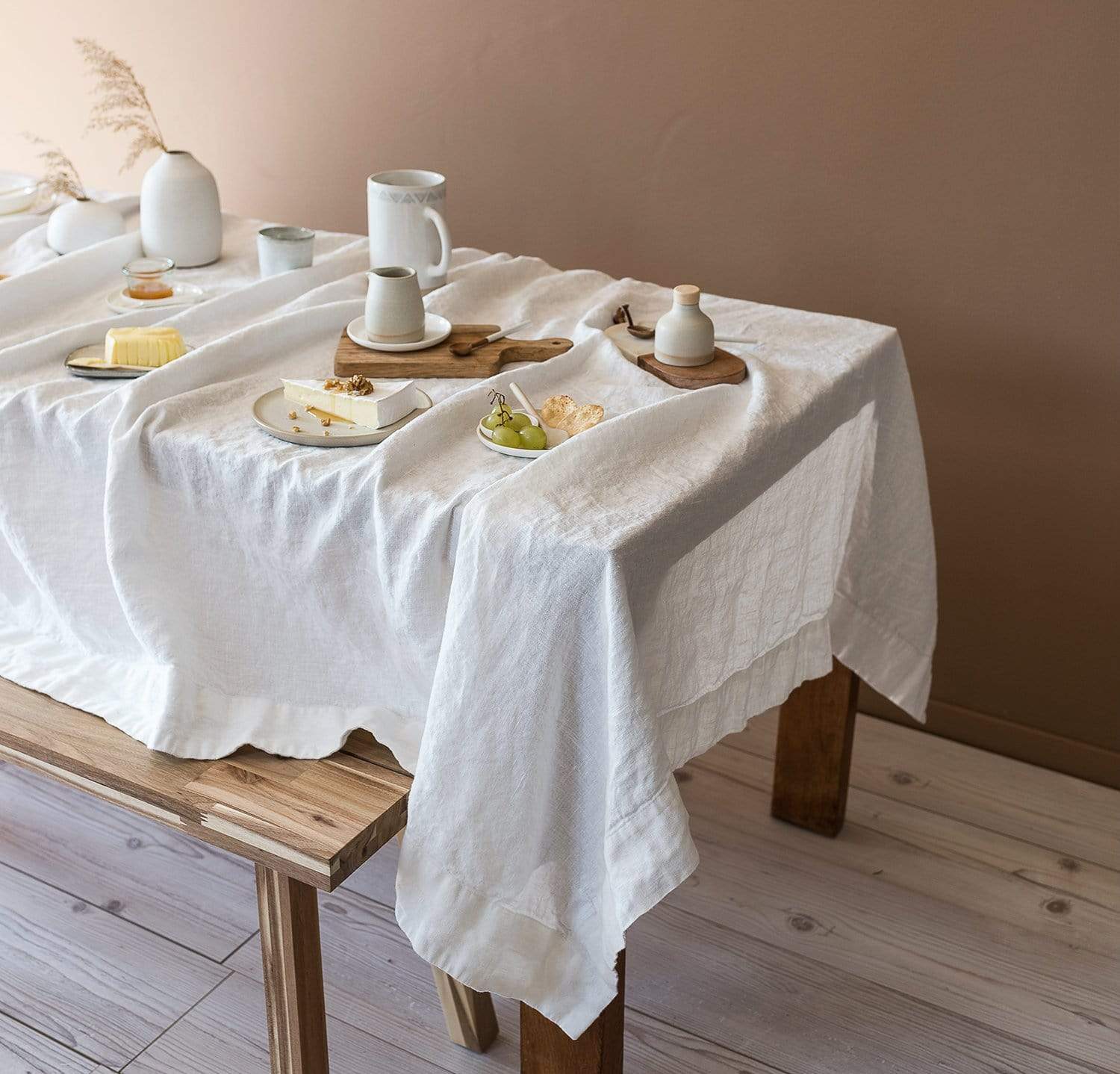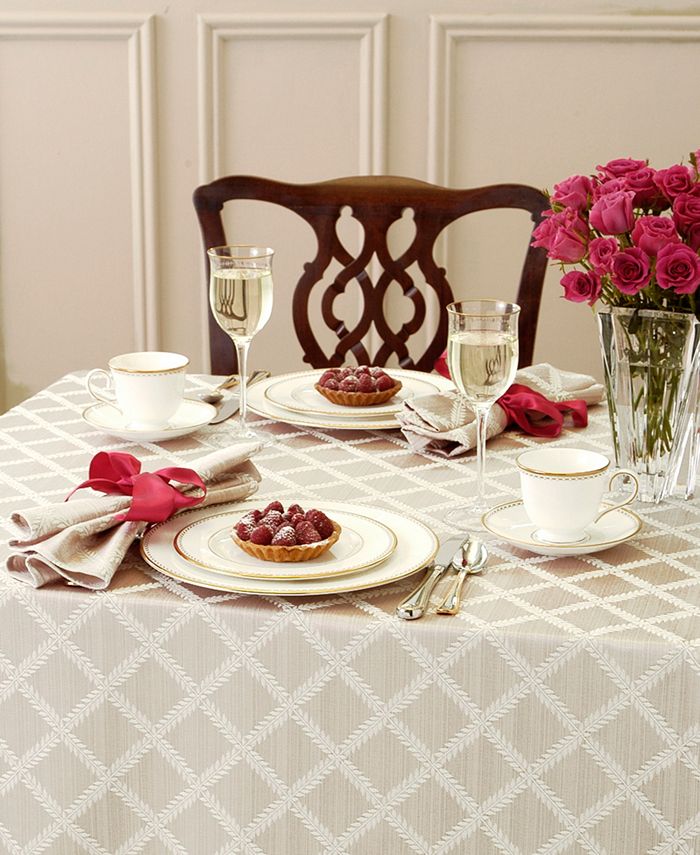Bed Linen Textile Innovations: Checking Out Modern Trends and Creative Applications in Style and Fabric Market
From sustainable production approaches to sophisticated weaving modern technologies, the development of linen is improving the landscape of the textile industry. As we dive right into the realms of creative layout applications and the introduction of linen blends and hybrid fabrics, a brand-new phase unfolds in which bed linen's function in future textile technologies takes facility stage.
Sustainable Practices in Linen Manufacturing
Sustainable practices in bed linen production have actually ended up being progressively critical in the fabric industry's initiatives to lessen environmental influence and promote moral sourcing techniques. Bed linen, a natural fiber derived from the flax plant, supplies a series of advantages such as breathability, biodegradability, and toughness. Nevertheless, traditional techniques of bed linen production can include significant water usage, chemical use, and energy-intensive processes.
To attend to these challenges, lots of fabric producers are taking on sustainable methods throughout the bed linen manufacturing process. This includes sourcing flax from natural ranches that stay clear of harmful chemicals and chemicals, carrying out water-efficient retting strategies to remove fibers from the flax stalks, and using environmentally friendly dyes and surfaces. In addition, some companies are investing in renewable resource sources to power their manufacturing centers and reducing waste through recycling and upcycling efforts.
Technical Innovations in Linen Weaving
With the expanding focus on lasting methods in bed linen production, the textile industry is now experiencing a surge in technological advancements particularly focused on changing the art of bed linen weaving. These innovations are reshaping the means bed linen textiles are generated, supplying increased performance, quality, and imagination in weaving strategies.
Among the key technical improvements in bed linen weaving is the combination of electronic looms. These sophisticated looms are furnished with software application that permits complicated and complex styles to be woven with precision. By digitizing the weaving process, manufacturers can attain greater uniformity and precision in their bed linen materials.
Additionally, advancements in thread spinning modern technology have actually made it possible for the production of finer and more durable bed linen yarns - table cloths. This results in softer and smoother bed linen textiles that maintain their quality even after numerous usages and washes
Additionally, the growth of green dyeing procedures and finishes for bed linen materials is obtaining traction. These lasting techniques not only lower the ecological impact yet likewise satisfy the raising customer demand for fairly produced fabrics.
Creative Design Applications for Bed Linen
Ingenious creative strategies are increasingly shaping the imaginative design applications for linen in the fabric industry. Linen's natural visual allure and capacity to blend with other materials make it a preferred selection for producing special garments and devices that provide to the environmentally conscious consumer.
Additionally, developers are trying out bed linen in home decor, using its breathable and durable nature to craft trendy furnishings such as curtains, bed linen, and furniture. The structure and drape of linen bring a sense of class and convenience to indoor rooms, including a touch of sophistication go to website to modern-day homes.

Bed Linen Blends and Hybrid Fabrics

Hybrid fabrics, on the various other hand, take the concept of blending an action additionally by including added components such as metallic strings, recycled materials, or conductive fibers. These innovative textiles not just broaden the design possibilities but additionally introduce functional facets like conductivity, antimicrobial properties, or improved durability. Crossbreed materials are significantly being used in various markets, consisting of fashion, interior decoration, and technical textiles, where the need for multifunctional materials gets on the rise.
Bed linen's Duty in Future Textile Innovations

In the realm of future textile innovations, bed linen is anticipated to be a vital player in the growth of advanced practical fabrics. Developers and scientists are checking out ways to improve linen's integral qualities via technical improvements, such as incorporating clever textiles, nanotechnology, and performance surfaces. These developments aim to boost linen's efficiency attributes, making it suitable for a broader variety of applications, from activewear to safety clothing.
In addition, the combination of linen with other all-natural or artificial fibers opens countless opportunities for developing unique textiles with distinct homes and functionalities. By leveraging bed linen's features and discovering ingenious blends, the fabric industry is poised to present amazing advancements that cater to evolving customer needs and sustainability needs.
Conclusion
In verdict, the exploration of lasting methods, technological developments, innovative design applications, linen blends, and its role in future textile advancements highlight the constant evolution of bed linen fabric in the contemporary design and fabric industry. With a concentrate on innovation and creative thinking, the flexibility and environmentally friendly nature of linen make it a valuable product for designers and producers alike, leading the method for more developments and innovations in the field of textiles.
As we delve into the worlds of creative style applications and the introduction of linen blends and hybrid materials, a brand-new phase unfolds in which linen's role in future textile innovations takes facility stage.
Exploring the blend of bed linen with other textiles has led to the emergence of innovative blends and crossbreed textiles in the modern fabric industry. Bed linen blends supply an one-of-a-kind mix of the qualities of bed linen with those of various other fibers, resulting in materials that possess improved homes such as raised sturdiness, improved draping, and decreased wrinkling.The development of linen blends and hybrid textiles has established the stage for Linen to play a crucial duty in driving future fabric advancements.In the realm of future textile developments, linen is anticipated to be a vital gamer in the development of innovative functional fabrics.